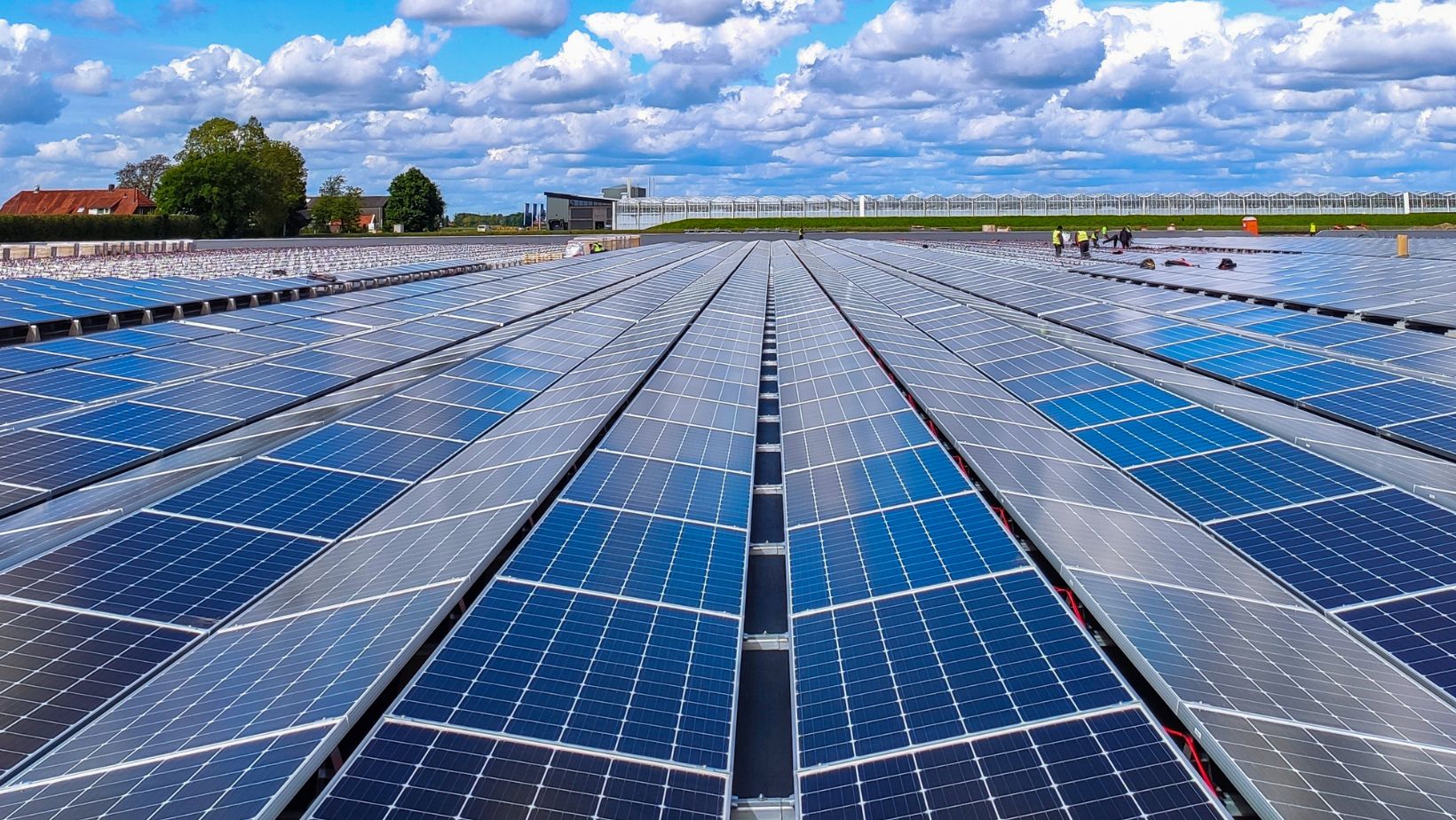As energy prices fluctuate and environmental awareness grows, more homeowners are exploring solar power as a reliable alternative to traditional electricity. We will explore the process of working with a solar panel company, from initial consultation to system activation. Installing solar panels isn’t a plug-and-play task; it involves careful planning, financial considerations, permitting, and long-term thinking. The right company will help navigate this complex process with clarity, ensuring the system installed fits your roof, meets your energy goals, and complies with all local regulations. Whether you’re motivated by sustainability, savings, or both, switching to solar can initially feel overwhelming. However, by knowing what to expect from the company guiding the project, homeowners can confidently take control of their energy future. From the first phone call to the final flip of the switch, clearly defined steps make the process smoother when managed with communication and transparency.
Contents
Table of Contents
ToggleTransitioning to Renewable Energy at Home
-
Site Evaluation and Custom Energy Planning
Once a homeowner expresses interest in solar, the journey typically begins with a site evaluation and energy assessment. During this visit, a representative from the company will inspect the roof for condition, orientation, pitch, and shading. These physical details determine how much sunlight the panels can capture and how efficient the system will be throughout the year. Additionally, the company reviews the homeowner’s electricity usage history, looking at seasonal patterns and monthly averages to build a system that offsets those numbers effectively.

Beyond the technical aspects, the initial consultation also includes discussing future energy needs—such as plans to install an electric vehicle charger or expand living space. These conversations help design a solar array that is sufficient today and adaptable tomorrow. The solar company ensures the final result will provide maximum benefit by tailoring the plan to the home and its occupants. This early planning stage sets the foundation for the entire project.
-
Navigating Permits, Paperwork, and Approvals
The next step in the process involves permits, paperwork, and utility approvals. Each jurisdiction has its own set of requirements for installing solar panels, which can vary widely depending on your location. Roof-mounted solar systems often need building permits, electrical permits, and sometimes historical or neighborhood association approvals. A reliable solar company takes on the burden of securing these approvals, acting as a liaison between the homeowner and local authorities. The company may also help the homeowner apply for incentives, tax credits, or financing programs during this time. These can make a meaningful difference in the cost of the system, but they often come with strict eligibility guidelines and deadlines. Managing this phase smoothly requires attention to detail and awareness of local codes and utility procedures. By handling this complex stage internally, the company reduces delays and ensures the installation can proceed once materials and labor are ready. Communication during this period is essential, keeping homeowners informed without overwhelming them.
-
Installation and Activation of the Solar System
Once approvals are secured and materials have arrived, installation can begin. A typical home solar installation takes one to three days, depending on the size and complexity of the system. Crews install the mounting hardware, connect wiring, and position panels in precise alignment for maximum exposure. After everything is in place, an inverter is connected to convert the solar energy into usable power for the home. Before the system can be activated, a final inspection is performed by the local building authority and the utility company. This ensures the system meets safety standards and will not interfere with the power grid. After passing inspection, the utility company installs a new meter that tracks solar production and allows the homeowner to earn credit for excess electricity sent back to the grid. Once the system is switched on, the home begins to draw power from the sun. This step completes the transition to solar and opens the door to long-term energy savings and reduced reliance on fossil fuels.
-
Ongoing Monitoring and Customer Support
Even after the panels are operational, the relationship with the solar panel company doesn’t end. Most modern systems have built-in monitoring tools that allow the company and the homeowner to track energy production in real-time. These systems flag issues automatically, ensuring performance doesn’t dip without notice. If a problem does arise, service teams can investigate remotely or schedule a technician visit. Long-term support also includes performance reviews and updates to ensure the system continues to meet expectations. Some homeowners choose to add battery storage or expand their systems later, so staying connected to the original provider is competent. One way to maintain that connection is by selecting a solar panel company with strong customer care practices and a straightforward approach to long-term system health. This ongoing support helps maximize the return on investment while making clean energy use as seamless and worry-free as possible.

Choosing solar is a decision that goes beyond the panels themselves—it’s a shift toward a new way of thinking about energy and homeownership. Working with a solar panel company is not just about installing equipment but building a system tailored to your life, property, and goals. The process is most successful from the first assessment to post-installation support when communication, planning, and execution work together smoothly. Homeowners benefit when they understand the steps involved and the company’s role in navigating them. With rising energy costs and growing awareness of environmental impact, solar is more relevant than ever. The journey might take several weeks, but the outcome lasts decades. When guided by knowledgeable professionals prioritizing long-term success, that journey becomes a smart investment in home value and future sustainability. The sun may be free, but harnessing its power well depends on choosing a process and a company committed to doing it right.

